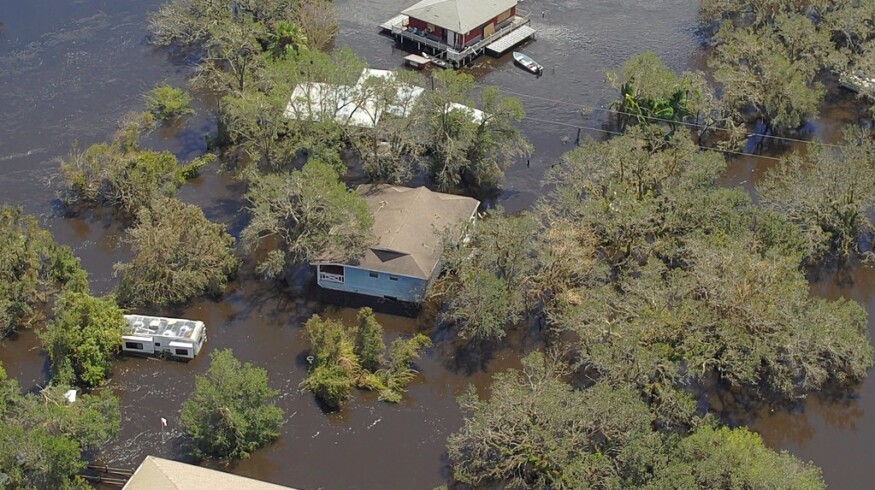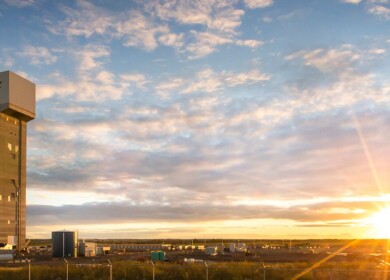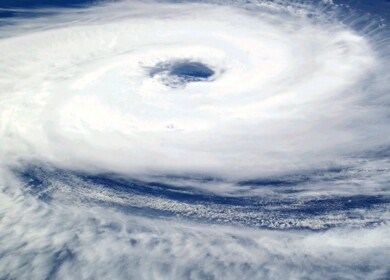Hurricane Helene exposes vulnerabilities in agriculture, industry, and environmental safety across southeastern U.S.

Hurricane Helene, a powerful Category 4 storm when it made landfall, devastated communities from Florida’s Gulf Coast to Tennessee, carving a destructive path of more than 600 miles. The storm made landfall in Florida’s Big Bend region late on Thursday, September 26, 2024, with winds reaching 140 mph (225 kph). Over the next few days, it battered Georgia, the Carolinas, and Tennessee, bringing torrential rains and flooding. As the hurricane weakened, it soaked the Carolinas and Tennessee, causing rivers and creeks to swell beyond their banks and adding further strain to local infrastructure.
Hurricane Helene’s impact has been particularly severe for Georgia’s agricultural industry, which contributes over $83 billion to the state’s economy. Georgia Governor Brian Kemp described the aftermath as looking like “a bomb went off” after witnessing the damage firsthand from the air, and Georgia Department of Agriculture Commissioner Tyler Harper indicated that the timing of the hurricane was critical, as farmers were already struggling with record drops in net farm income due to inflation, high input costs, labor shortages, global competition, and low commodity prices. The hurricane caused extensive damage to crops, poultry houses, and food processing facilities across the state, with reports of flattened pecan trees and significant losses in the poultry sector. Initial assessments revealed that numerous poultry farms were affected, with damage reported from counties including Appling, Atkinson, Bulloch, Coffee, and Jeff Davis.
In North Carolina, Agriculture Commissioner Steve Troxler described the storm’s impact on crops and nurseries as “devastating,” although the full extent of the damage remains uncertain.
Meanwhile, in Florida, the Mosaic Company, a single-source provider of phosphates and potash fertilizers and feed ingredients for the global agriculture industry, gave an update on its phosphate operations following the hurricane.
The Tampa port, which was closed ahead of the storm, has since reopened. However, the Riverview facility is currently offline due to water intrusion caused by the storm surge, with an expectation to return to full production capacity in about ten days once cleanup and water mitigation efforts are completed. Early assessments indicate that the overall damage across Mosaic’s facilities was limited.
Mosaic emphasized that all employees are safe and accounted for, and the company has contributed $300,000 to local organizations assisting communities impacted by the hurricane. Furthermore, Mosaic has established programs to support affected team members, including an Employee-to-Employee Assistance Fund aimed at providing financial assistance to those recovering from the storm.
The hurricane also posed risks to industrial facilities, particularly along the Gulf Coast, where major petrochemical complexes and fertilizer factories are situated. Many of these facilities are located near rivers, making them vulnerable to storm surges. The surge from Hurricane Helene exceeded 10 feet in some areas, raising concerns about potential toxic releases into the environment. Historical data indicates that pollution releases during hurricanes can be two to three times more frequent than during normal weather, disproportionately affecting low-income communities and people of color.
The lack of transparency regarding hazardous releases during such disasters further exacerbates the situation. The U.S. Environmental Protection Agency’s risk management plans, which are intended to outline potential chemical risks, are often difficult for the public to access. Moreover, many states suspend pollution release restrictions during emergency declarations, leaving communities unaware of the risks posed by nearby industrial facilities.
To mitigate these risks, efforts are underway to map industrial sites and their proximity to flood-prone areas. Initiatives led by research institutions aim to raise awareness about the hazards associated with hosting vulnerable industrial infrastructure, especially as climate change increases the frequency of extreme weather events.
As the recovery from Hurricane Helene continues, immediate action is necessary to support the agricultural sector and ensure the safety of communities impacted by the storm. Without assistance, many farms may struggle to survive until the next growing season, raising questions about the long-term viability of the state’s agricultural industry and the safety of its environmental landscape.
Enjoyed this story?
Every Monday, our subscribers get their hands on a digest of the most trending agriculture news. You can join them too!














Discussion0 comments